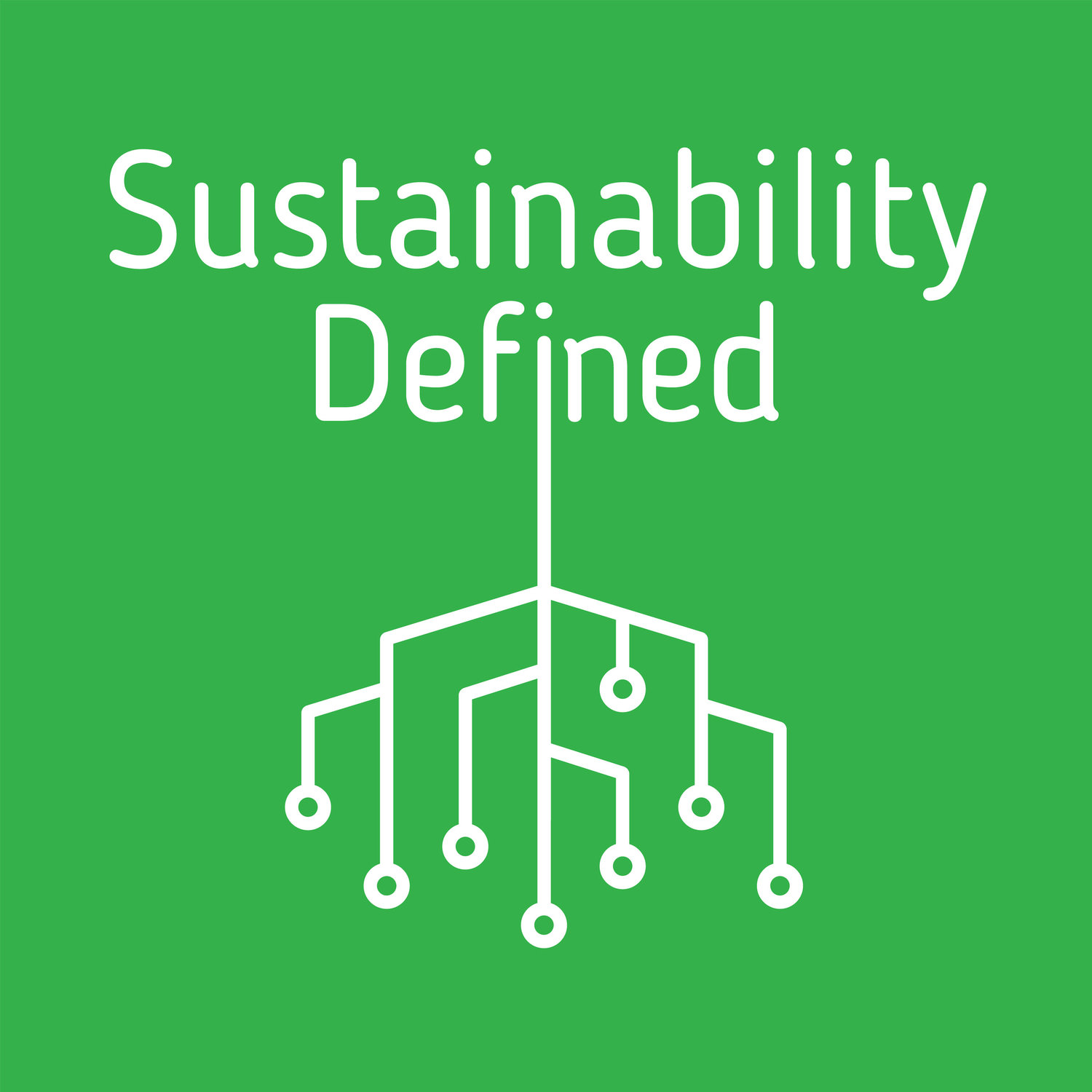Episode 2: Hydrofluorocarbons with Kasey Knoell (ICF International)
Learn about more environmental topics impacting our natural environment here!
Episode Intro Notes
What We'll Cover
- Why Hydrofluorocarbons (HFCs) are important
- Overview of Ozone Depleting Substances (ODS)
- The ozone layer and its depletion
- About HFCs
- Actions to limit HFCs
- Ways to reduce HFC emissions
Why HFCs are important
HFCs are found in everyday products, and if they leak, they can have a huge impact on climate change. Usually conversation is dominated by CO2 but HFCs are important for mitigating climate change as well. Some HFCs last longer in the atmosphere than CO2 and most have a greater global warming potential much higher than CO2, sometimes thousands of times the global warming potential of what everyone talks about, CO2.
Overview of Ozone depleting substances
Chemicals used in every-day equipment and products can have impacts on the Ozone, including those found in (1):
- Refrigeration
- Air conditioning
- Foam insulation
- Aerosols
- Fire suppression
ODS have primarily been replaced by other chemicals that are extremely potent greenhouse gases (i.e., hydrofluorocarbons), with global warming potentials (GWPs) thousands of times that of carbon dioxide, and emissions of these chemicals is on the rise globally. BUT, the market for climate-friendly alternatives is luckily growing exponentially (1).
The Ozone Layer and its Depletion (1)
The ozone layer is Earth’s “sunscreen” – protecting living things from too much ultraviolet radiation. The emission of ozone depleting substances has been damaging the ozone layer. But through domestic and international action, the ozone layer is healing and should fully recover by about 2065. Ozone itself is a molecule that contains three oxygen atoms. At any given time, ozone molecules are constantly formed and destroyed in the stratosphere.
The ozone layer protects all life from the sun’s harmful radiation. Less ozone-layer protection from ultraviolet (UV) light will over time damage crops and lead to higher rates of skin cancer and cataracts. The ozone layer absorbs a portion of the sun’s radiation, preventing it from reaching earth’s surface. It absorbs the portion of UV light called UVB, which has been linked to many harmful effects, including skin cancers, cataracts, and harm to some crops and marine life.
When chlorine and bromine atoms come into contact with ozone in the stratosphere, they destroy ozone molecules. One chlorine atom can destroy over 100,000 ozone molecules before it is removed from the stratosphere. Ozone can be destroyed more quickly than it is naturally created. Some compounds release chlorine or bromine when they are exposed to intense UV light in the stratosphere. These compounds contribute to ozone depletion, and are called ozone-depleting substances.
About HFCs
HFCs replaced ODSs, they are not a ODS. Hydrofluorocarbons (HFCs) are extremely potent greenhouse gases (GHGs) commonly used in refrigerators, air conditioners, and a variety of other applications within federal facilities. The use and emissions of HFCs are growing rapidly as they are increasingly adopted as replacements for ozone depleting substances (ODS) being phased out under the Clean Air Act and as economic growth spurs demand for new equipment, especially in the refrigeration/air-conditioning (AC) sector. Overall, HFC production is rising by 15% per year. Note that HFCs are 3,830x more potent than CO2 with a lifetime of 14 years (3)!
Actions to limit HFCs (2)
The Montreal Protocol, 1987
- The international treaty called The Montreal Protocol on Substances that Deplete the Ozone Layer is gradually eliminating the production and consumption of ozone depleting substances to limit their damage to the earth’s ozone layer.
- Signed by 197 countries – the first treaty in the history of the United Nations to achieve universal ratification – and is considered by many the most successful environmental global action.
Clean Air Act, 1990
Title VI contains provisions for protecting the ozone layer:
- Require the EPA to develop and implement regulations for managing ODS in the US:
- ODS Phase-Out Program: https://www.epa.gov/ods-phaseout
- Exemption Programs: https://www.epa.gov/ods-phaseout/exemptions-phaseout
- ODS Destruction Program: https://www.epa.gov/ods-phaseout/destroying-and-transforming-ozone-depleting-substances
- Labeling Program: https://www.epa.gov/ods-phaseout/labeling-ozone-depleting-products
- Ensures US’s commitment to implementing the Montreal Protocol
Obama's Climate Action Plan, 2013
- Calls for international and domestic action to reduce GHGs, including HFCs. Among other things, the President’s CAP calls for his administration to reduce emissions of HFCs by purchasing alternatives whenever feasible and transitioning to equipment that uses safer and more sustainable alternatives to HFCs
Countries committed in Dubai in November 2015 to reach an HFC deal in 2016 under the Montreal Protocol. When countries met in April 2016 in Geneva about this, there was movement forward on how developed countries will provide funds to developing countries for the transition and how there will be a temporary exception for “high ambient temperature” countries like Pakistan and Turkmenistan in case larger alternative systems aren’t available prior to the phase out. Countries want to phase out HFCs because they have the high global warming potential that we talked about and also low energy efficiency, especially in very hot climates.
Ways to Reduce HFC Emissions
- Purchase of new equipment containing climate-friendly alternatives to HFCs
- Prevention and repair of leaks through improved service and maintenance
- End of life management and disposal programs
- Retrofitting of existing equipment with alternative refrigerants
Sources Cited:




